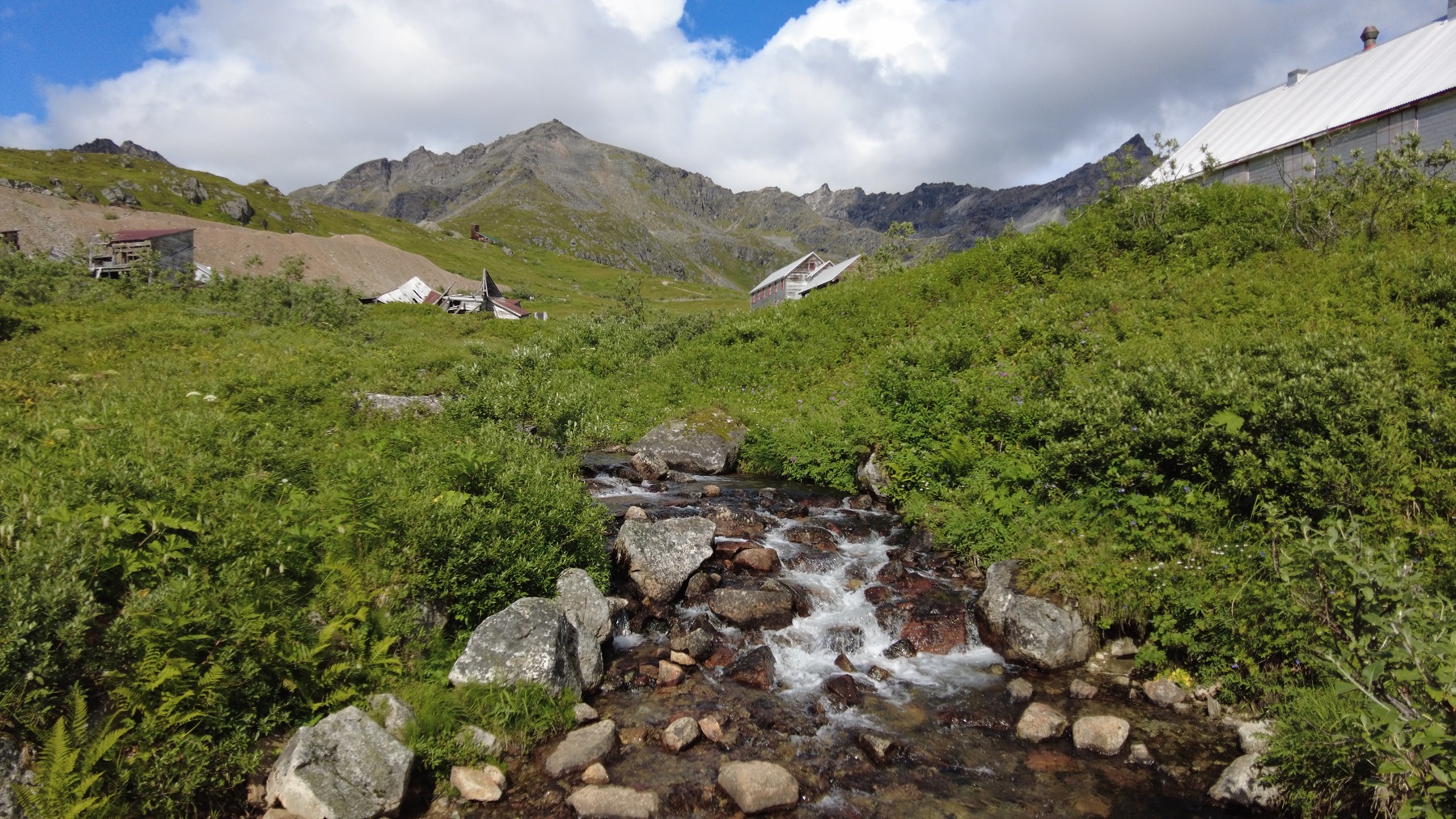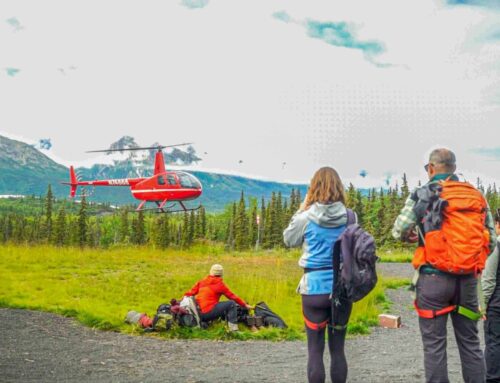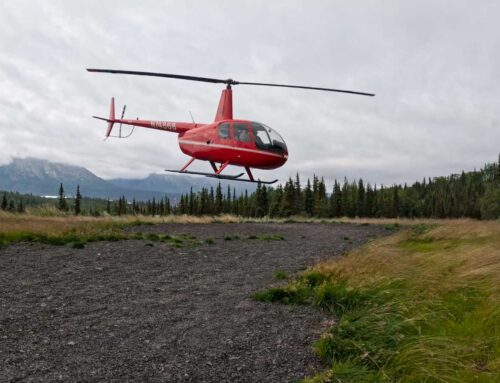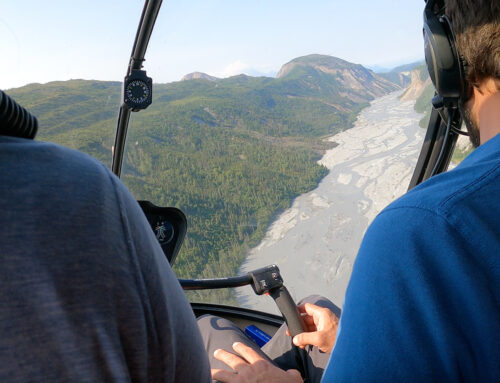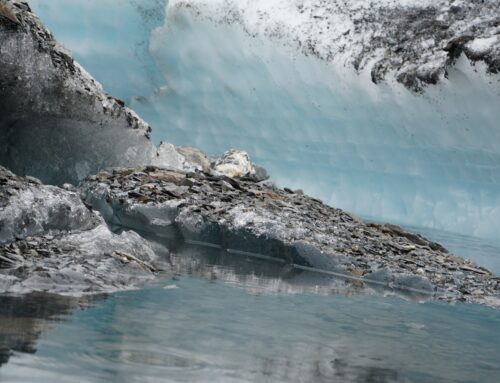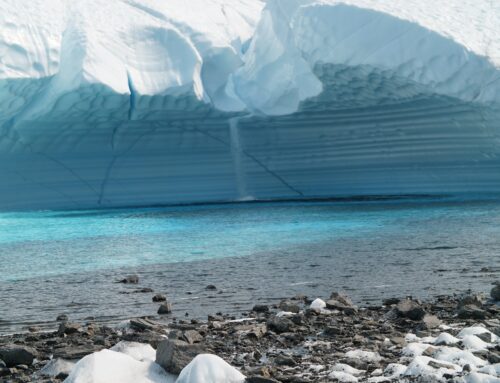Alaskan Winds
Alaska is known for its vast and wild landscapes, and often times, the weather patterns that accompany these awe-inspiring spaces. From alpine storms to the Anabatic and Katabatic winds, these weather cycles mirror the contrasting elemental changes on the ground. As the seasons and environment change, so do the thermal air currents.
In Alaska where opposites often meet, like the cold air that condenses near glaciers and the warm air rising from nearby mountain valleys, you can see, feel, and hear the shift of the air currents. These affects are most predominant during season change and during the changes of sunrise and sunset time. In this region of the world, and other similar arctic environments, we can explore why and how the Katabatic and Anabatic winds happen here.

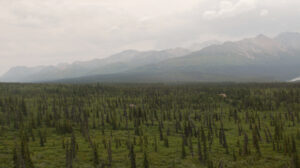
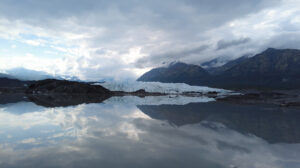
Katabatic Winds
Essentially, the Katabatic winds are an air flow that moves downhill. Also known as fall winds, Katabatic winds are usually caused by gravity pulling higher density air downslope to lower density air. (USGS) In Alaska there are many areas that you can experience this air phenomenon. Places like alpine regions, mountains that slope into valleys, or even more dramatically, glaciers lying within these valleys are where these winds occur.
Dependent on a few different factors like, altitude, degree of slope of the landscape, plants, and other climate variables, affect how strong the winds can be. More simply, when the wind is cooled at a quicker rate it becomes denser and the stronger the wind is. This is why you can experience the Katabatic winds more predominantly at dusk, at night, change of seasons, or when changing weather systems move through. Alaska has arctic zones classified by barren landscapes and frigid temperatures, this is where the Katabatic winds are the strongest.
Anabatic Winds
Anabatic winds flow the opposite of the Katabatic winds, from downhill regions to uphill. These winds rise from the cooler valley areas to the warmer regions. This wind pattern occurs more often in the summer and daytime. Anabatic winds are based primarily on a radiation process; areas that are closer to solar rays, like hills will become warmer quicker than the lower lying areas. This is an upslope wind.
Glaciers, snow, ice, and rain are deterrents to the formation of Anabatic winds. Many of the coastal and mountain areas of Alaska are often without these effects due to these factors. Where there is more vegetation and without cold climate, these winds are able to gain heat thermodynamically as they move upwards. Once they start climbing to cooler temperatures above, they reach a dew point where clouds can form and precipitate. Anabatic winds are known to be more calm than their counterpart, the more intense Katabatic winds.
Wind Patterns
Where volcanic shorelines change to mountainous terrain, intersecting with rivers of ice, and opening into sprawling valleys and arid fields, we can experience and observe the shift in these winds. These high pressure and low pressure air currents achieve this with the help of gravity. During the summer months, while exploring glacial areas, you can experience how these opposite wind currents balance the changes that happen throughout the day.
Often times at the terminus, or toe of the glacier, you can hear the howl and whistle of the wind moving downward before the cold air currents even meet you. And as these colder wind currents move with gravity, the warmer winds are rising at the same time. The Matanuska Glacier is a good location to observe this affect. These winds help to balance pressure systems. As they create wind tunneling affects, we can observe how they aid in forming clouds. And, how these winds push and pull weather systems from the coastal regions, to mountains, and through flat terrain. These winds have been described as a natural phenomenon.

